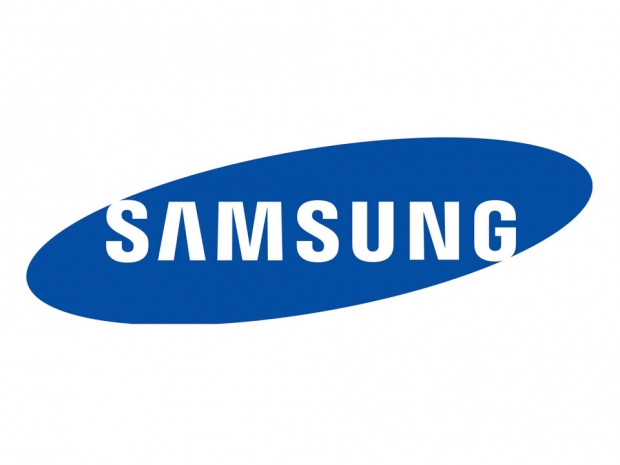Korean-based ETNews.com is now reporting that Samsung’s flagship device for 2017 will be released on April 15th, while component orders from suppliers will continue to become more strained over the next few weeks as average selling prices (ASPs) begin to rise.
The report notes that improvement in front-facing camera performances for “selfie” photography has become a major focus point in the company’s smartphone strategy this year. This year, the mid-range Samsung Galaxy A3 model’s front camera was bumped to 8 megapixels. Meanwhile, the company’s previous Exynos 7580-powered Galaxy A5, released in December 2015, featured a 13-megapixel rear-facing camera and a 5-megapixel front-facing camera, while the Exynos 7880-powered Galaxy A5 that was unveiled at CES last week now features 16-megapixel sensors on both sides. This is over a threefold increase in the amount of front-facing pixels over the previous generation.
Samsung will then release the refreshed Galaxy J lineup in March by bumping the current 5-megapixel front camera to a higher resolution. The idea here is to introduce the mid-range series to the market first (A), followed by the more popular entry-level devices (J), and then peaking with the flagship devices (S) in April.
Front camera to feature encoder-type autofocus and iris scanner
While the number of front-facing pixels on the Galaxy S8 is not expected to be significantly different than the S7, the report notes that the device may contain some sort of marketable improvement to the current Dual Pixel autofocus lens component. The current design is based on a voice coil motor (VCM) and is expected to be replaced with an encoder-type AF actuator for improving self-portrait photography.
Another major feature headed towards the device will be the inclusion of an iris scanner near the front-facing lens module. This feature was first introduced quite gracefully with an otherwise discontinued Galaxy Note 7 back in August and is now becoming an important security concept that Qualcomm discussed in length during its recent 4G and 5G media summit in Hong Kong.
The current rear-cameras employed on the entire Samsung device lineup come from its subsidiary contractor, Samsung Electro-Mechanics, while the font-facing cameras are sourced from MCNEX, Power Logics, Partron, Camisys, and several other small to mid-sized independent South Korean and US suppliers.
For now, Partron and MCNEX will continue to receive orders for the iris scanner modules they successfully landed with the Galaxy Note 7, given that the unit prices have been relatively low as well.




